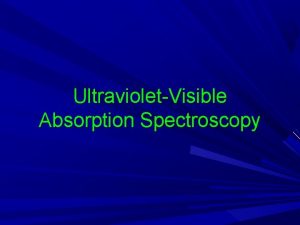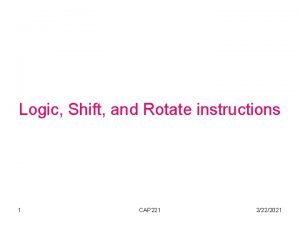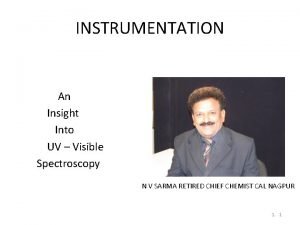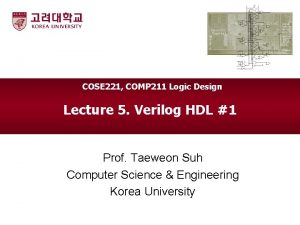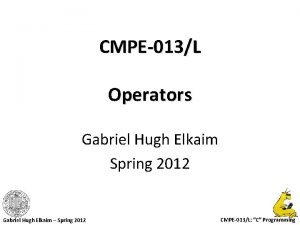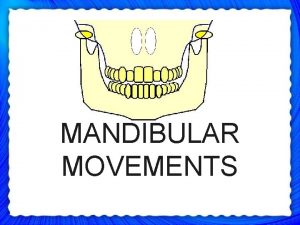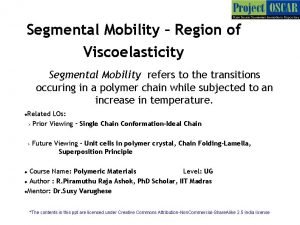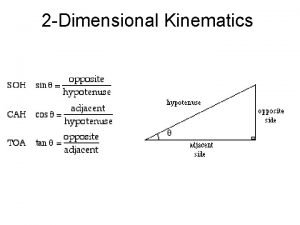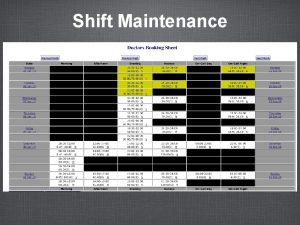Three Dimensional Analysis of Hemimetameric Segmental Shift Department












- Slides: 12

Three Dimensional Analysis of Hemimetameric Segmental Shift Department of Orthopedic and Spine Surgery, Meijo Hospital Toshiki Saito, Noriaki Kawakami, Taichi Tsuji, Tetsuya Ohara, Yoshitaka Suzuki, Ayato Nohara, Ryo Sugawara, Kyotaro Ohta, Kazuki Kawakami

Hemimetameric Segmental Shift (HMMS) (Lheman-Facius, 1925) ü Two or more hemivertebrae (HV) ü Exists on both left and right sides of the spine ü Separated by at least 1 normal vertebra however, Ø Reports of HMMS are rare. Ø Previous reports have been done only through simple X-Ray images. Ø Not a single report has been conducted using 3 D-CT Images.

Classification of Congenital Scoliosis using 3 D-CT (Kawakami et al, Spine, 2009) Discordant Anomaly Mismatch among the anterior and posterior segments 3 D-CT is indispensable to analyze the morphology of congenital scoliosis Purpose To three dimensionally analyze the morphology and clinical features of HMMS

Materials and Methods Congenital scoliosis(1998 -2011) n=312 HMMS n=22 (7. 1%) 22 cases (10 males, 12 females) Age at the first visit: 6 years 11 months (4 months ~ 18 y. o. ) Imaged using 3 D-CT: 20 cases (Age at 3 D-CT: 9 y. o. , 2~ 21 y. o. ) 20 patients were evaluated by analyzing three-dimensional morphology according to Kawakami’s classification, particularly paying attention to the posterior structure of HVs.

Number and Location of Hemivertebrae in 20 Patient Number of HVs n=2 (13 cases) 1 2 3 4 5 6 7 8 n=3 (5 pts. ) 9 10 11 12 13 14 15 16 17 T 1 n=4 (2 pts. ) 18 L T 2 19 20 R L T 3 R R T 4 R T 5 R L T 6 L T 7 L T 8 R R L L R L R R T 9 T 10 T 11 L L R R R T 12 R L R R L T 13 L 1 L 2 R L R L R L L L 5 L 6 R L L 3 L 4 L L R Patients with 2 hemivertebra were most common to have hemivertebra in the thoracolumbar and lumbar spine, while patients with 3 or more hemivertebra was in the thoracic spine.

Case 1. 6 y. o. Male Lt T 11; FSHV, Rt L 3; FSHV: Fully Segmented Hemivertebrae

Case 1. 6 y. o. Male Lt T 11; FSHV+FSHL, Rt L 3; FSHV+FSHL FSHL: Fully Segmented Hemilamina Malformations existing at the equal level in each of the anterior and posterior sides (unison HMMS).

Case 2. 5 y. o. Female Lt L 2; FSHV, Rt L 4; FSHV Posterior elements are normal Malformations existing at an unequal level in each of the anterior and posterior sides (discordant HMMS).

Case 3. (3 Hemivertebrae) Discordant (+) Discordant (-) Discordant HMMS

Case 4 (4 Hemivertebrae) Discordant (+) Discordant (-) Discordant HMMS

Differences Between Unison-HMMS and Discordant HMMS unison HMMS discordant HMMS (n=7) (n=13) Number of HVs 2 7 8 3 0 3 4 0 2 3. 6 6. 4 Average area of malformed vertebras 7 patients were classified as unison HMMS where all 7 of these patients had 2 hermivertebra. Average area of malformed vertebra in this group was 3. 6. On the other hand, 13 patients were classified as having discordant HMMS, where 8 patients had 2 hemivertebra, 3 had 3 hemivertebra and 2 had 4 hemivertebra. Average area of malformed vertebras were 6. 4 in this group.

Conclusion Ø Through the analysis of 3 D-CT images, HMMS was classified into unison and discordant types. Ø Discordant HMMS existed among 13 patients out of 20 (65%), where all patients with more than 3 HVs were of this type. Ø Out of the 12 patients with 2 HVs, 7 patients (58%) had discordant HMMS. Ø Three-dimensional evaluation of multiple HVs is mandatory to prevent wrong level surgeries. Ø Although the etiology of HMMS is still unknown, it can be speculated that contralateral multiple HVs is not only a simple formation failure but instead mixed with a mismatch phenomenon; so-called “coupling failure”.
 Circular motion is one dimensional or two dimensional
Circular motion is one dimensional or two dimensional Homocyclic diene component
Homocyclic diene component Molecular absorption
Molecular absorption Difference between arithmetic shift and logical shift
Difference between arithmetic shift and logical shift Bathochromic shift and hypsochromic shift
Bathochromic shift and hypsochromic shift Difference between arithmetic shift and logical shift
Difference between arithmetic shift and logical shift Difference between arithmetic shift and logical shift
Difference between arithmetic shift and logical shift Gabriel hugh elkaim
Gabriel hugh elkaim Difference between arithmetic shift and logical shift
Difference between arithmetic shift and logical shift Posselt envelope of motion
Posselt envelope of motion Triple tube heat exchanger
Triple tube heat exchanger Trigonum auscultationis
Trigonum auscultationis Borg breathlessness scale
Borg breathlessness scale


